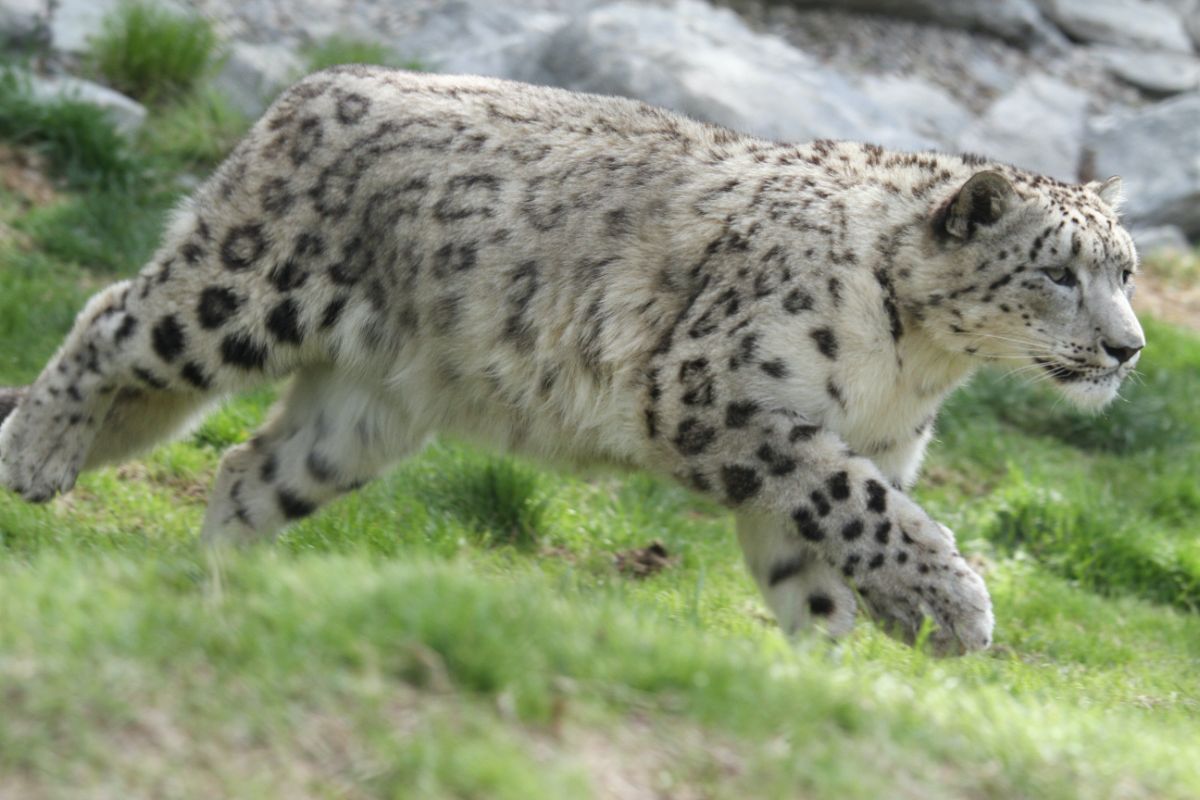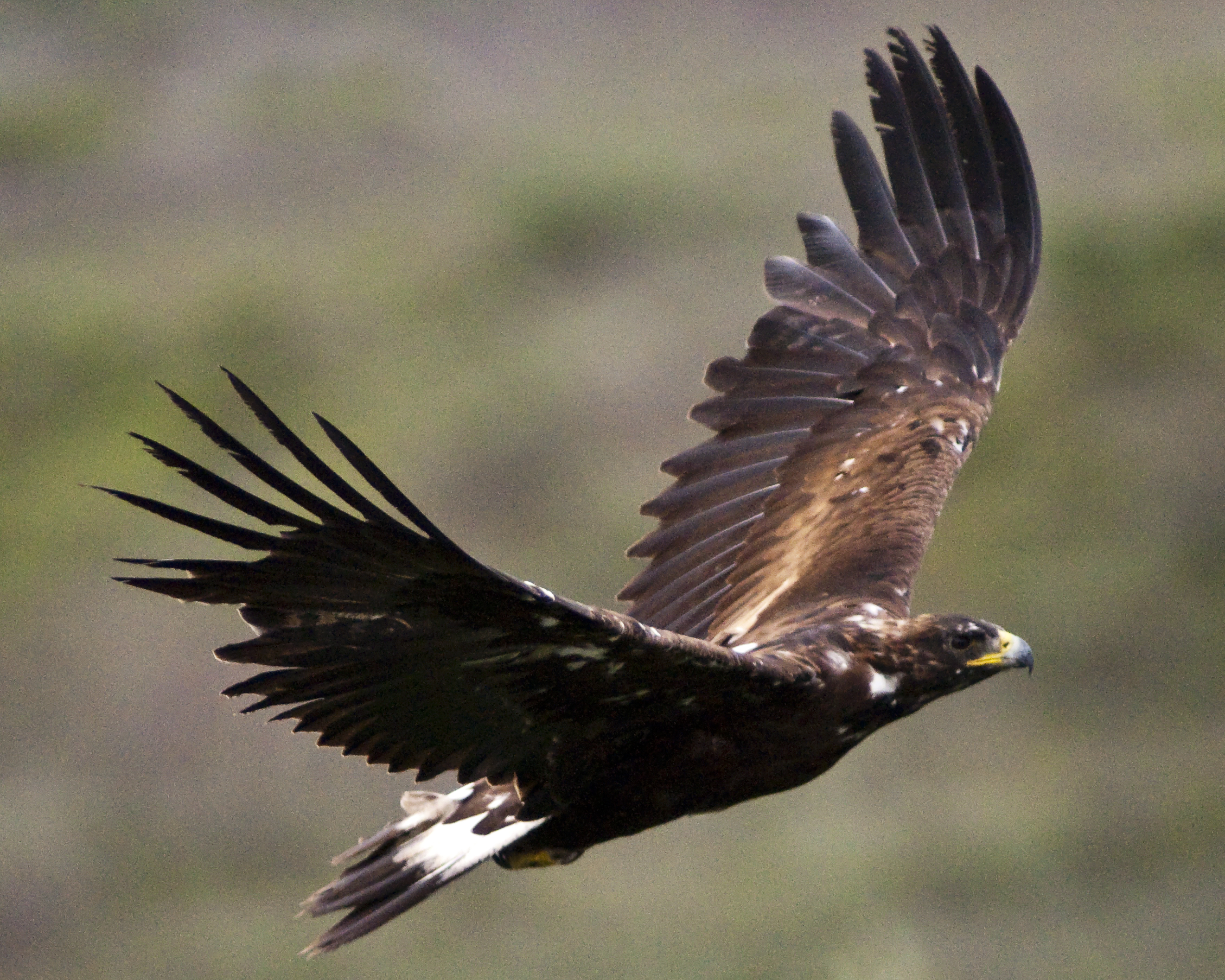Tian Shan Montane Conifer Forests
The ecoregion’s land area is provided in units of 1,000 hectares. The conservation target is the Global Safety Net (GSN1) area for the given ecoregion. The protection level indicates the percentage of the GSN goal that is currently protected on a scale of 0-10. N/A means data is not available at this time.
Bioregion: Tian Shan-Pamir Grasslands, Mountain Steppe & Conifer Forests (PA31)
Realm: Central Eurasia
Ecoregion Size (1000 ha):
2,758
Ecoregion ID:
709
Conservation Target:
15%
Protection Level:
7
States: China, Kyrgyzstan, Kazakhstan
Appearing at a distance to hover detached from the horizon, Tian Shan in Chinese means ‘Celestial Mountain’. Surrounded by the desert basins of northern China, this ecoregion is an isolated, east-west trending mountain range of over 2,500 km that has been reactivated by tectonic uplift in recent geological time, 7 to 2.5 million years ago. Today it is steep with heavily glaciated summits that exceed 7,000 m elevation.
_1_Ksuryawanshi%20via%20Wikimedia.JPG)
The flagship species of the Tian Shan Montane Conifer Forests ecoregion is the Siberian ibex. Image credit: Ksuryawanshi, Creative Commons
Middle elevations of Tian Shan intercept enough moisture from Arctic storms to support montane conifer forests, which can form dense, closed-canopy stands, or park like mosaics of forest and open meadow.
Tian Shan traverses western China, forming the northern edge of the arid Tarim Basin, and continues westward into Kyrgyzstan and southern Kazakhstan to encircle Lake Issyk Kul. While spruce conifer forests are a distinctive landscape feature of the Tian Shan, much terrain holds rock and ice, alpine meadow, and scrub-desert vegetation. Below 1,500 m elevation, for example, there is too little rain to sustain forests away from the riverine corridors, and above 2,700 m, the growing season is too short. Permafrost, which also inhibits forest growth, becomes prevalent above 2,700 m elevation.

Snow leopard. Image credit: Mark Dumont, Creative Commons
Conifer forests in the Tian Shan tend to be homogeneous, dominated by Asian spruce, a tall, narrowly conical tree that usually grows in single species stands. Sites prone to disturbance, such as avalanche gullies, may support Eurasian aspen, an efficient pioneer species, and perhaps mountain ash or Tianshan birch. The endemic semenovii subspecies of Siberian fir grows in the Kyrgyzstan portion of Tian Shan. Stands Siberian larch, a deciduous conifer, are locally distributed in the east.

Populus Tremula. Image credit: Sarunas Simkus, Creative Commons
The Tian Shan spruce population tends to exhibit a clumped pattern, forming a landscape mosaic of meadows, scattered shrubberies, rocky outcrops, and dense stands of the dark, conical spruce. Moist areas within the lower forest belt support a shrub understory of wild rose, honeysuckle, and Cotoneaster, while spruce stands at higher elevation may be interspersed with dense thickets of juniper, spiny Caragana, willow, shrubby Potentilla, and Spiraea. In pastures, the proportion of thorny, unpalatable shrub species offers a rough index of grazing pressure. The Tian Shan conifer forests support biologically diverse carpets of moss in their shaded understory, and plants adapted to low light conditions, such as Pyrola and the saprophytic orchid Corallorhiza.
Tian Shan forests are more dominant on north-facing slopes. Elsewhere, steppe or meadow vegetation predominates, its character determined primarily by elevation and secondarily by aspect and precipitation. Where widespread, this formation comprises a separate ecoregion, the Tian Shan Alpine Meadow and Tundra ecoregion.

Golden eagle. Image credit: Kent Miller, Creative Commons
Two kinds of wild sheep, the endemic karelini subspecies of Argali and Siberian Ibex, occur in the Tian Shan conifer forest mosaic and support highly dispersed populations of carnivores, including snow leopard, grey wolf, and, in the far western part, Himalayan brown bear. Breeding populations of black stork, golden eagle, Houbara bustard, and bearded vulture occur in Tian Shan, but there has been little research into their conservation status.
Tian Shan has little protected habitat, relative to its size. Tomur (Tuoer’mu) National Nature Reserve (3,000 km2), the largest unit in the Chinese part, mostly protects rock and ice landscape with limited conifer forest. Ak-Suu Complex Nature Reserve, Kyrgyzstan only covers 76 km2 in the western part. Aksu-Zhabagly Nature Reserve in Kazakhstan covers 131 km2.

Bearded vulture. Image credit: Richard Bartz, Creative Commons
Current threats to conservation include hunting and overgrazing at the higher elevations. While seasonal pastoralists practiced traditional bushmeat hunting and hunting to defend their livestock, as the region transitioned to a market economy over the past generations, people have gained the incentive to maximize livestock production in ways that might not be entirely sustainable.
Priority conservation actions for the next decade are to: 1) monitor grazing activity and limit fencing to promote connectivity for wildlife; 2) promote opportunities for trans-boundary conservation; and 3) monitor consequences of climate change and how it affects hydrological cycles based on seasonal glacial melt.
Citations
- Carpenter, C. 2000. Tian Shan montane conifer forests. https://www.worldwildlife.org/ecoregions/pa0521. Accessed November 2018.
- Su H., Sang W., Wang Y., Ma K. 2007. Simulating Picea schrenkiana forest productivity under climatic changes and atmospheric CO2 increase in Tianshan Mountains, Xinjiang Autonomous Region, China. Forest Ecology and Management. 246(2-3): 273-284.
- Xu F., Ma M., Wu Y. 2010. Recovery of Snow Leopard Uncia uncia in Tomur National Nature Reserve of Xinjiang, Northwestern China. Pakistan journal of Zoology 42(6): 825-827.
%20-%20John%20Morrison.jpg?auto=compress%2Cformat&w=1600)


